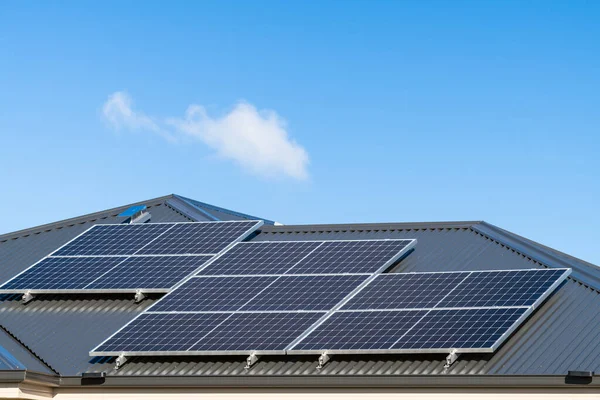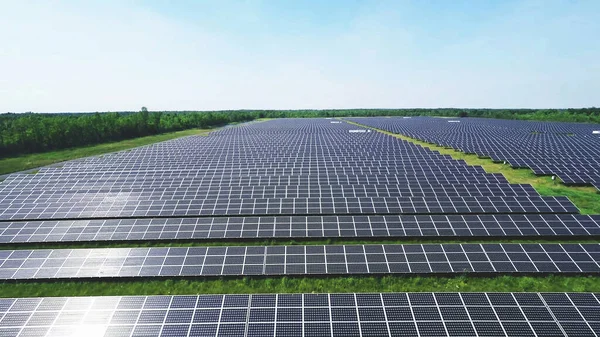
The dramatic growth of solar power is a pillar of worldwide decarbonization efforts, but its impact on ecosystems is turning out to be more complicated than initial proponents expected. Though PV arrays replace fossil fuels and reduce greenhouse gas emissions, their optics, extent, and structure can interfere with wildlife patterns, fragment ecosystems, and redefine ecological processes. An expanding amount of research is now charting these effects in detail and presenting engineering and design answers that could harmonize clean energy generation with the preservation of biodiversity.

1. Polarized Light Pollution and Migratory Disruption
The flat, dark surfaces of solar panels can reflect light in such a manner as to nearly match the horizontal polarization of sunlight reflected from water. Murdoch University’s Professor Trish Fleming cautions, “The reflective glare from the solar panels imitates the look of water bodies, disorienting migrating birds and misdirecting them.” Polarized light pollution, as this effect is called, has been found to confuse not just birds but also bats, whose use of echolocation can be interfered with, bringing them to arrays in hopes of water. The impact has the ability to induce collision hazards and compel expensive diversions during peak migratory periods.
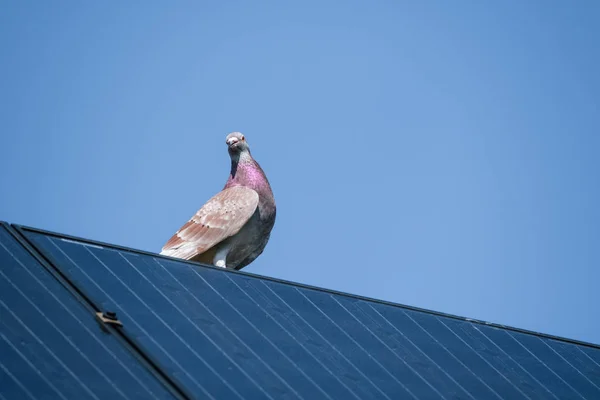
2. Optical Engineering Solutions
Mitigation is being developed from the materials science arena. Nano-coatings on PV glass have the ability to change the polarization signature, making it less likely that panels will be confused with lakes. The coatings achieve this effect by changing the refractive index at the air-glass boundary, scattering the light in patterns less appealing to wildlife. Fleming explains, “These coatings change the nature of light reflection, reducing the appearance of disruption to wildlife.” Field tests are being conducted to assess their effectiveness at various wavelengths and weather conditions.
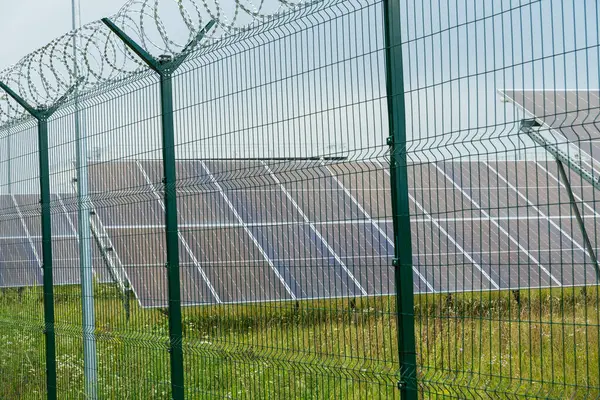
3. Land Use and Habitat Fragmentation
Utility-scale solar energy (USSE) sites generally occupy 2 to 6 hectares per megawatt, and in 2023 PV arrays occupied around 37,886 square kilometers globally. Where installed on previously pristine land, these footprints can take away or slice into habitat, change soil water patterns, and uproot species. In dry areas, fencing exacerbates the situation by preventing species movement for ungulates, reptiles, and small mammals. Studies in the American Southwest have shown that pronghorn and desert tortoise populations lose access to thousands of acres as a result of typical exclusion fencing.
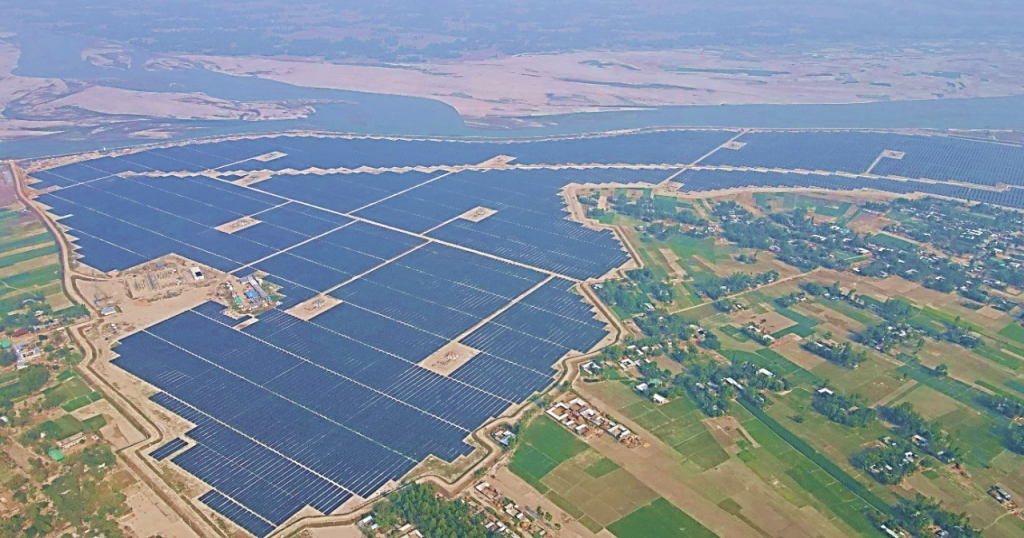
4. Wildlife-Friendly Infrastructure Design
Engineering measures can maintain connectivity. At Nevada’s Pahrump solar plant, engineers included 30 gaps in the fence each 25 cm wide and 18 cm high through which tortoises, jackrabbits, rattlesnakes, and kit foxes could move unimpeded. Maintenance of native vegetation and natural washes within the array footprint is also a contribution to ecological function. These practices are consistent with the mitigation hierarchy: avoid, minimize, remediate, and offset.

5. Ecovoltaics and Pollinator Habitat
Research conducted by the U.S. Department of Energy’s InSPIRE program indicates that sowing native prairie underneath PV panels can restore soil integrity, increase insect numbers threefold in less than five years, and boost populations of native bees twentyfold. Shaded microclimates under panels enhance a range of flowering plants, and these support pollinators essential to both wild and surrounding agriculture. “Ecovoltaic” design utilizes solar farms as two-use landscapes, producing electricity and serving as reservoirs of biodiversity.

6. Soil and Microclimate Interactions
Vegetation under arrays not only provides erosion protection but also affects PV performance. In trials in Minnesota, vegetated land lowered module temperatures to bare ground, albeit with differing gains in generation by climate. Soil organic matter and microbiome richness enhanced over multi-year observation, indicating long-term resilience advantages. But researchers warn that complete prairie development might take three to six years and that consistent management must continue.
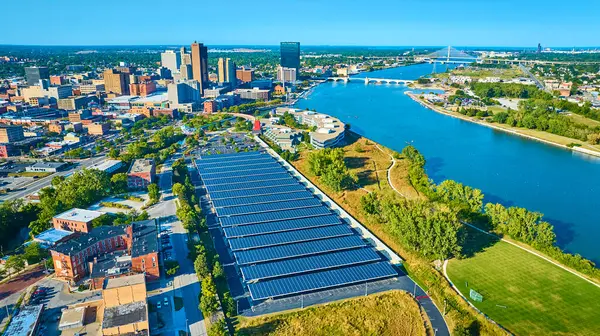
7. Siting Wildlife Corridors at Scale
Planning at the landscape scale is necessary when several USSE facilities congregate close to transmission lines. Initial findings from the San Juan Solar study area suggest that open pathways between arrays, from 30 to 550 meters wide, are optimal when planted with high-quality forage. These corridors can mitigate effects of displacement and preserve genetic flow among animal populations.
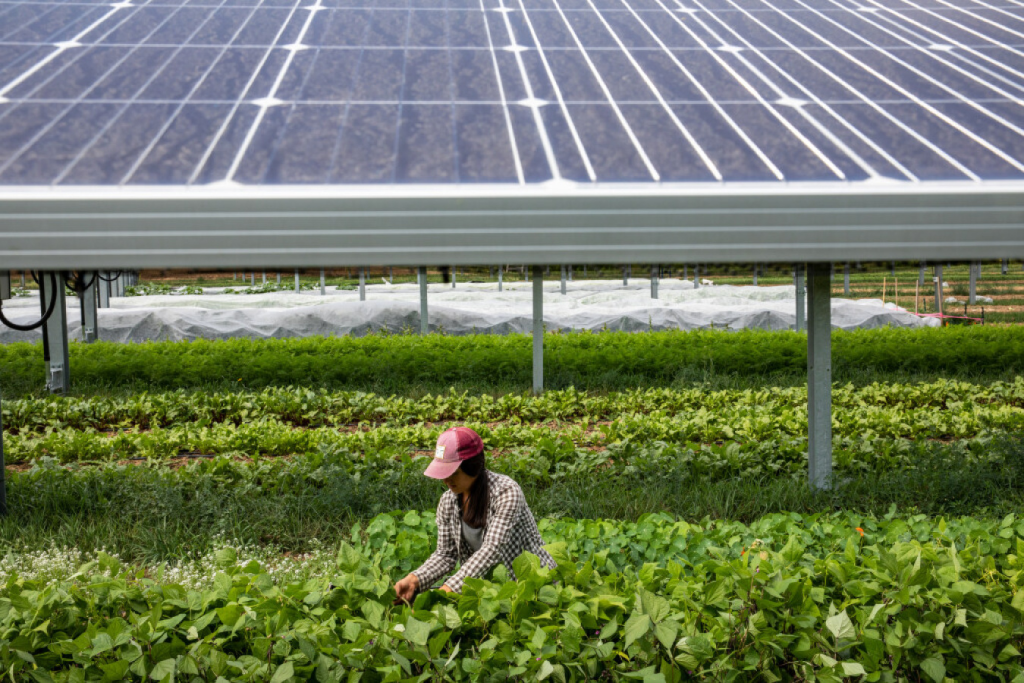
8. Siting Strategies to Minimize Conflict
Best siting is the strongest driver for reducing environmental damage. Prioritizing brownfields, retired agricultural land, and degraded areas spares high-value ecosystems and can make marginal land beneficial for the environment. Combining agrivoltaics with pollinator plantings on such lands may reduce land-use competition and even increase farm yields by means of enhanced pollination services.

9. Policy and Regulatory Implications
Existing permitting presently may call for surveys of federally listed species but ignore cumulative effects on state-managed or common species. Adding multi-season use of wildlife data, requiring biodiversity-friendly design elements, and encouraging ecovoltaic practices might bring renewable energy development into line with conservation requirements. As Fleming points out, “It’s not a choice between clean energy and conservation we can have both.”
The intersection of optical engineering, habitat restoration science, and wildlife-sensitive infrastructure design is transforming what it means to be a solar farm. Through careful planning and adaptive management, the industry can meet its climate ambition without disrupting the migrations, foraging habits, and ecological webs that underlie biodiversity.
